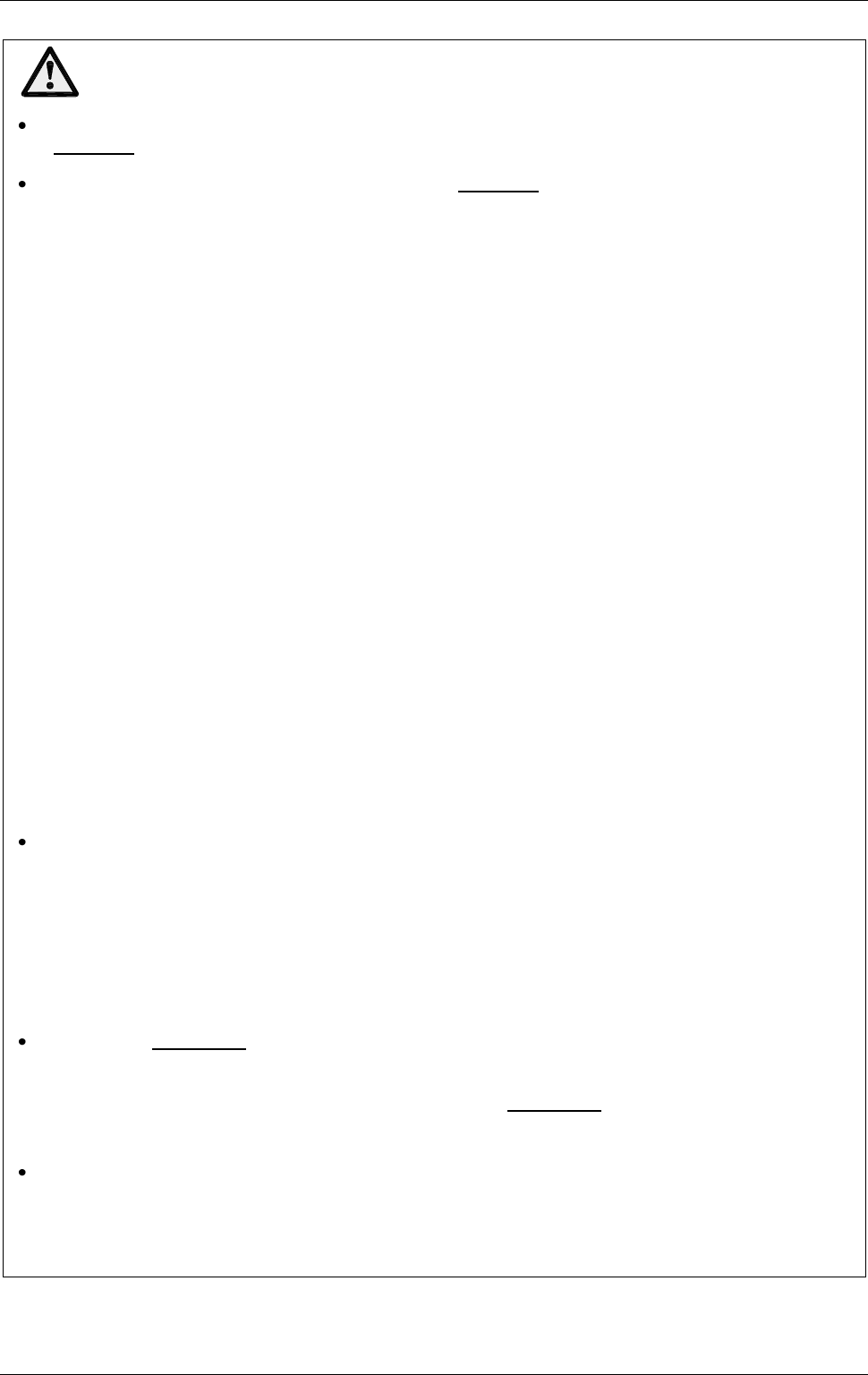Specifications
Table Of Contents
- Contents
- About Your Water Heater
- Water Heater Application
- Model Type
- Mains Pressure
- Solar Operation
- How Hot Should The Water Be?
- Hotter Water Increases The Risk Of Scald Injury
- Warning
- Safety
- Precautions
- Pipe Work And Insulation
- Freeze Protection
- Solar Monitor
- Bleeding The Solar Collector(S)
- To Turn Off The Water Heater
- To Turn On The Water Heater
- Going On Holidays
- How Do I Know If The Water Heater Is Installed Correctly?
- Victorian Customers
- Does The Water Chemistry Affect The Water Heater?
- How Long Will The Water Heater Last?
- Regular Care
- Water Supplies
- Save A Service Call
- Not Enough Hot Water (Or No Hot Water)
- Temperature Pressure Relief Valve Running
- Expansion Control Valve Running
- In-Series Water Heater Operating Too Frequently
- Collector Glass
- Noise From The Solar Collectors
- Green LED Is Not Illuminated On Solar Monitor
- Red LED Illuminated on Solar Monitor
- Circulator Operates at Night
- Higher Than Expected Gas Bills
- Installation – System
- Installation – Solar Storage Tank
- Solar Water Heater Storage Tank Location
- Safe Tray
- Mains Water Supply
- Tank Water Supply
- Wall Bracket
- Hot Water Delivery
- Circulated Hot Water Flow And Return System
- Reducing Heat Losses
- Anode
- Saddling - Pipe Work
- Anti-Freeze Heating Unit
- Backing Plate
- Dimensions And Technical Data
- Typical Installation (Remote Boost) – Outdoor Location
- Typical Installation (Remote Boost) – Indoor Location
- Typical Installation (Integrated Boost) – Outdoor Location
- Installation – Solar Control Unit
- Installation – Solar Collector(s)
- Connections – Plumbing
- Connections – Electrical
- Commissioning
- Draining The Solar Collector(s)
- Draining The Water Heater
- Vulcan Solar Water Heater Warranty – Australia Only –
- 1. The Vulcan Warranty – General
- 2. Terms Of The Vulcan Warranty And Exclusions To It
- 3. What Is Covered By The Vulcan Warranty For The Water Heaters Detailed In This Document
- 4. Entitlement To Make A Claim Under This Warranty
- 5. How To Make A Claim Under This Warranty
- 6. The Australian Consumer Law

INSTALLATION – SOLAR COLLECTOR(S)
40
WARNING: Plumber – Be Aware
The solar hot and solar cold pipes between the solar storage tank and the solar collector(s)
MUST BE of copper. All compression fittings must use brass or copper olives.
The full length of the solar hot and solar cold pipes MUST BE insulated.
The insulation must:
be of a closed cell type or equivalent, suitable for a solar water heating application and capable
of withstanding the temperature of the water generated by the solar collector(s) under
stagnation conditions
The specification of the chosen insulation material should be checked with the insulation
manufacturer prior to installation as different materials may vary in temperature tolerance.
be at least 13 mm thick, however thicker insulation may be required to comply with the
requirements of AS/NZS 3500.4
be weatherproof and UV resistant if exposed
extend through any penetrations in the eaves, ceiling and roof
cover valves and fittings in the solar hot and solar cold pipe work
be fitted up to and cover the connections on both the solar storage tank and the solar
collector(s).
Note: Failure to observe these requirements increases the risk of freeze damage.
Uninsulated pipe work, including concealed in cavities and roof spaces or where it may be in contact
with a metal roof, may lead to freeze damage. The system has NO WARRANTY for freeze damage
if the solar hot and solar cold pipes are not insulated in accordance with the installation instructions.
The insulation is essential to assist in providing freeze protection, will offer corrosion protection to a
metal roof against water runoff over the copper pipe, assist in avoiding accidental contact with the
solar pipe work as high temperature water can flow from the solar collector(s) to the solar storage
tank and also reduce pipe heat losses.
The insulated copper pipe work:
should be fixed at suitable locations to prevent or reduce the possibility of noise from water
hammer and vibration from occurring
is not to be placed or installed in contact with plastic pipe work.
Likewise, plastic pipe work is not to be placed or installed in contact with the insulated copper
pipe work after the solar circuit is installed.
Plastic pipe MUST NOT be used, as it will not withstand the temperature and pressure of the water
generated by the solar collector(s) under stagnation conditions. The solar collector(s) can generate
extremely high water temperatures up to 150°C and high water pressure of 1000 kPa. Plastic pipe
cannot withstand these temperatures and pressures and MUST NOT be used. Failure of plastic pipe
can lead to the release of high temperature water and cause severe water damage and flooding.
The solar hot outlet and hot sensor connection is to be the highest point of the system. The highest
point of the solar cold pipe and solar hot pipe must be where they connect to the solar collector(s), to
avoid the possibility of air locks occurring in the system. There must be a continuous fall in the
pipe work between the solar collector(s) and solar storage tank. Horizontal runs of pipe work are
acceptable and may be installed.










